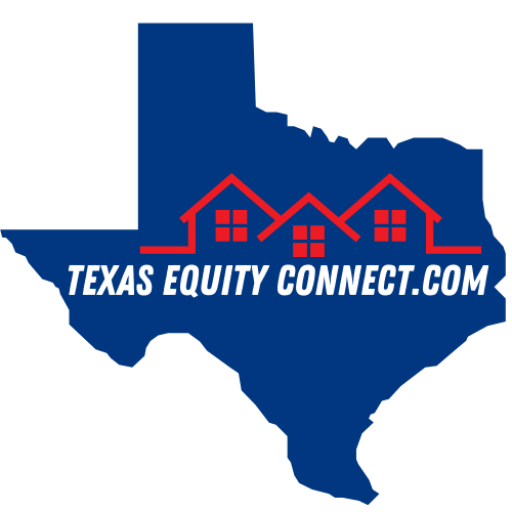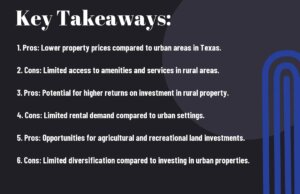Income Approach: When evaluating rental properties, understanding the different methods of valuation is crucial. Market value, replacement cost, and the income approach are key concepts that real estate investors need to grasp. Each method provides unique insights into the worth of a rental property, guiding investors in making informed decisions.
Key Takeaways:
- Market Value: Market value is determined by what a willing buyer would pay a willing seller in an open market. It is influenced by supply and demand factors and is commonly used to assess property values.
- Replacement Cost: Replacement cost is the cost to replace a property with one of similar utility, using modern materials and design. This approach is useful for insurance purposes and ensuring a property is adequately covered in case of damage or loss.
- Income Approach: The income approach values a property based on its potential income, typically used for rental properties. It considers factors such as rental income, expenses, and capitalization rates to determine the property’s value.
Market Value Approach
Definition and Principles
An imperative method for evaluating a rental property’s worth is through the Market Value Approach. This approach determines the property’s value based on current market conditions, considering factors like location, size, condition, and recent sales of comparable properties.
Advantages and Limitations
Definition
The Market Value Approach provides a current and realistic assessment of a property’s value, helping investors make informed decisions. However, it relies heavily on market fluctuations, making it susceptible to external factors like economic conditions or market trends. This approach also requires access to up-to-date market data, which may not always be readily available.

Replacement Cost Approach
Methodology and Calculations
If determining the market value of a property using the replacement cost approach, one must assess the cost of rebuilding the property with similar materials and construction techniques. This approach considers the current prices of labor and materials to estimate the cost of reproducing the property exactly as it stands.
Strengths and Weaknesses
Any valuation method has its strengths and weaknesses. The replacement cost approach is beneficial for new properties or in markets with limited comparable sales data. However, it may not account for depreciation or changes in market conditions, potentially leading to an overestimation of value.
Understanding the nuances of the replacement cost approach is crucial for accurately valuing rental properties. While it provides a comprehensive view of the property’s value based on current construction costs, it may not always capture the full picture of the property’s market value when considering depreciation and other external factors.
Other Articles You Might Enjoy:
Income Approach
Direct Capitalization and Discounted Cash Flow
Now, let’s probe into the two primary methods used in the income approach for determining the value of rental properties: direct capitalization and discounted cash flow. These methods are crucial tools for real estate investors to evaluate the income potential of an investment property.
Estimating Property Value using Income Approach
For real estate investors, estimating property value using the income approach involves analyzing the property’s potential income generation over time. By considering factors such as rental income, operating expenses, and capitalization rates, investors can determine the property’s value based on its income-producing capabilities.
Capitalization rates play a crucial role in the income approach, as they help investors determine the present value of a property’s future income. By applying a cap rate to the property’s net operating income, investors can derive an estimate of the property’s value in the current market.
Comparing the Three Approaches
Unlike the three primary approaches used in real estate valuation – Market Value, Replacement Cost, and Income Approach, each method offers a unique perspective on the worth of a rental property. Understanding the nuances of these approaches can help investors make informed decisions when buying or selling rental properties.
| Market Value Approach | Replacement Cost Approach |
| Determines value based on comparable properties in the market. | Calculates the cost to rebuild the property in current market conditions. |
| Focuses on current market conditions and demand. | Considers physical depreciation and obsolescence. |
| Can fluctuate based on market trends and conditions. | Provides a value based on the property’s physical structure. |
Similarities and Differences
Differences exist between the three approaches where Market Value relies on comparable properties, Replacement Cost focuses on rebuilding costs, and Income Approach determines value based on potential income. However, all three approaches aim to provide an accurate estimate of a property’s worth, offering investors valuable insights into different aspects of the property’s value.
Choosing the Right Approach for Your Rental Property
Right approach for valuing your rental property depends on various factors such as property type, market conditions, investment goals, and risk tolerance. Market Value Approach is suitable for established properties in stable markets, Replacement Cost Approach is ideal for new constructions, while Income Approach is best for income-generating properties like rental units. Understanding the strengths and limitations of each approach can help you make an informed decision when evaluating your rental property.
Final Words
As a reminder, when evaluating rental properties, it is crucial to consider market value, replacement cost, and income approach. Each method provides valuable insights into the property’s worth and potential for generating income. By understanding and comparing these approaches, investors can make informed decisions that align with their investment goals and strategies. Recall, a well-rounded analysis incorporating these different perspectives will lead to more accurate valuations and better investment outcomes in the long run.
FAQ
Q: What is the Market Value approach for rental properties?
A: The Market Value approach for rental properties is a method of determining the property’s worth based on recent sales of comparable properties in the same area. This approach considers factors such as location, size, condition, and amenities to arrive at a fair market value.
Q: How does the Replacement Cost approach differ from Market Value for rental properties?
A: The Replacement Cost approach for rental properties involves calculating the cost to rebuild the property from scratch, taking into account current construction costs and materials. This approach is useful for determining insurance coverage or assessing the value of new construction.
Q: What is the Income Approach and how is it used in evaluating rental properties?
A: The Income Approach is a method used to evaluate rental properties based on the potential income generated by the property. This approach involves analyzing the property’s rental income, operating expenses, and capitalization rate to determine its value. It is especially useful for investors looking to assess the income-generating potential of a rental property.

About The Company
Texas Equity Connect is a premier real estate investment firm dedicated to uncovering off-market property deals across Texas. We streamline the process by presenting these exclusive opportunities directly to our network of investors, eliminating the hassle of deal-hunting. Join our VIP Investors List to receive top-tier deals delivered on a silver platter.
Other Articles You Might Enjoy:
- Rental Property Operating Expenses: What Every Landlord Should Know

- Ultimate Guide: Finding Off-Market Properties in Texas

- Pros & Cons of Investing In Rural Property Texas

